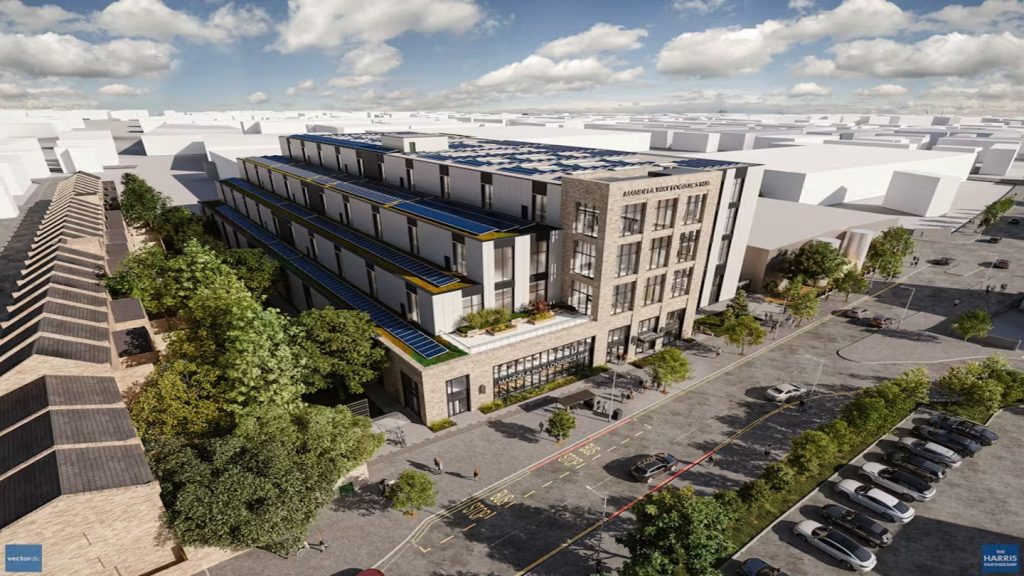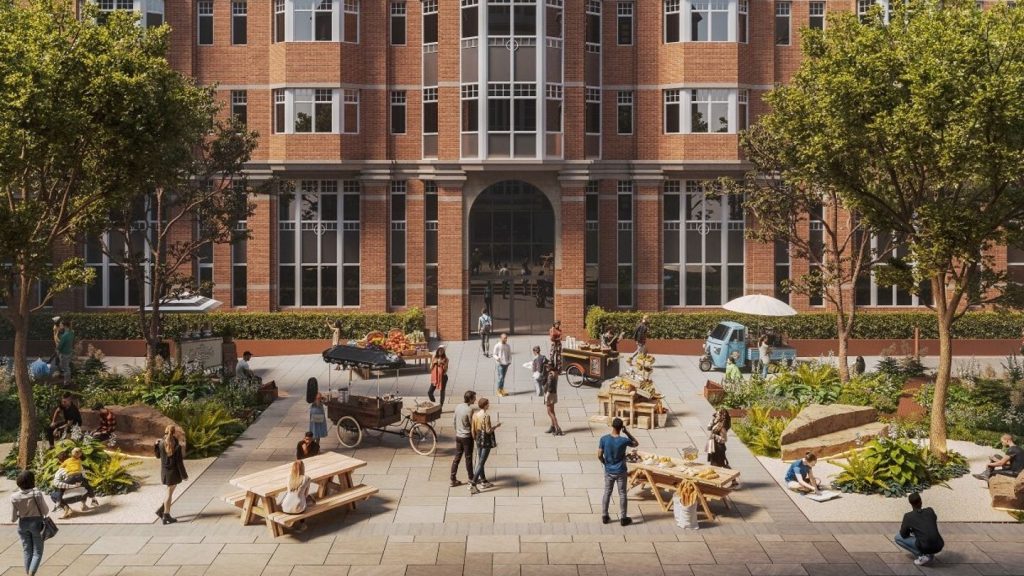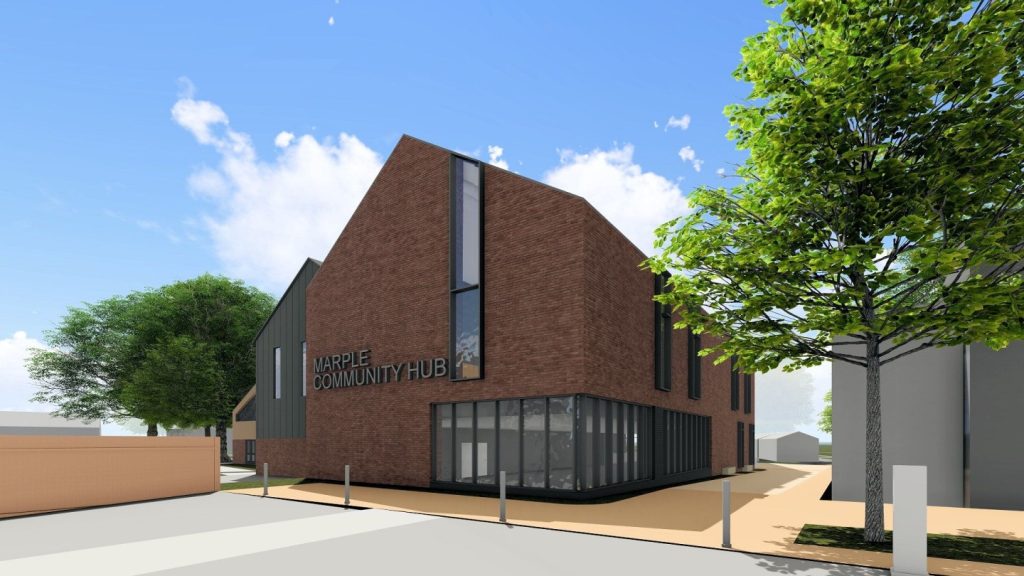In 1987, Niall McCullough and Valerie Mulvin published A Lost Tradition: the nature of architecture in Ireland. This beautiful, trail-blazing book traced the evolution of Irish architectural forms from the ‘mound and circle’ of prehistoric sites, through ecclesiastical monuments, fortified plantation enclosures, vernacular farmhouses and bravura Georgian mansions, to the institutional architecture of modernity.
The book demonstrated the importance of seeing Irish buildings as ‘icons reflecting ideals of cultural worth’, the necessity to recognise the contextual integrity of architecture and landscape, and the manner in which European influence was adapted into idiosyncratic Irish architectural forms.
Old vs new
These lessons have not been universally taken to heart in modern Irish architecture and planning, but in their own buildings McCullough and Mulvin have adhered to them with a unique combination of rigour and panache. The Niland Gallery in Sligo, Waterford City Library and the Ussher Library in Trinity all met the challenge of introducing a new building into an established and venerable context, but the Trinity Long Room Hub presented an even more daunting task.
The new building had to simultaneously address Smyth’s great early-18th-century library block, the massive granite rear of the Provost’s House, the angular 1937 Reading Room, and the most distinguished Irish building of the 1960s – Paul Koralek’s Berkeley Library. The triumphantly successful outcome is the result of those principles set out by the architects nearly a quarter of a century ago, which presents a marvellous combination of function and form.
Light fantastic
Throughout a building dedicated to humanities research, light pours down through top-lit spaces; everywhere you look out, not in. The dramatically stepped and syncopated exterior creates windows framing exciting conjunctions on every side: the Victorian theatricality of the Campanile, the Palladian Dining Hall and the art deco roof light of the Reading Room. Illumination is present in every sense.
See Also:
The tall, thin building also commands a bold prospect across the roofscape of Dublin. This reminds us that Niall McCullough has written brilliantly on the planning of the city, and the need to preserve a symbiotic relationship between innovation and conservation. But it also demonstrates a central theme in the conception of the Long Room Hub, which is the interdependence between an ancient urban university and the cultural riches of the city that surrounds it.
How well do you really know your competitors?
Access the most comprehensive Company Profiles on the market, powered by GlobalData. Save hours of research. Gain competitive edge.

Thank you!
Your download email will arrive shortly
Not ready to buy yet? Download a free sample
We are confident about the unique quality of our Company Profiles. However, we want you to make the most beneficial decision for your business, so we offer a free sample that you can download by submitting the below form
By GlobalDataIn A Lost Tradition, McCullough and Mulvin wrote evocatively of ‘meeting houses’, those classically derived buildings where people came together for intellectual and spiritual enlightenment, in surroundings where the architecture mirrored decisiveness, simplicity, a certain severity, and a confident use of volume, space and light. The Long Room Hub building is just such an achievement.
It is a ‘meeting house’ in its own way, constructed for the purposes of bringing together international scholars in an environment combining intellectual resources, cultural stimulation and precious time. This building is more than just a worthy addition to Trinity’s great architectural palimpsest: it beautifully represents the fusion of imagination and tradition in a manner both distinctively Irish and determinedly outward-looking. And that is exactly what the Hub is setting out to achieve as a brand new institute of humanities research embedded in Ireland’s oldest university.







